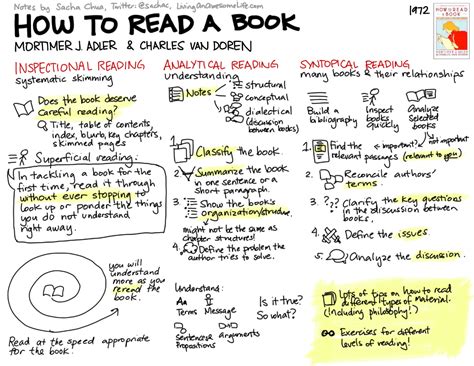How to Read: A Guide to Better Comprehension and Enjoyment
Reading is a fundamental skill, yet mastering it—truly understanding and enjoying what you read—requires practice and technique. This guide explores strategies to improve your reading comprehension and unlock the pleasure of delving into books, articles, and more.
Understanding Your Reading Style
Before diving into techniques, it's crucial to understand your current reading habits. Are you a fast reader who struggles with retention? Or a slower, more meticulous reader who appreciates detail? Knowing your style is the first step to improvement.
Identifying Your Strengths and Weaknesses
- Speed: Time yourself reading a short passage. Are you satisfied with your pace?
- Comprehension: After reading, summarize the main points. Did you grasp the core ideas?
- Retention: Test yourself later on the content. How much do you remember?
- Engagement: Did you find the material engaging? If not, why?
Techniques for Improved Reading Comprehension
Once you've identified your strengths and weaknesses, you can implement targeted strategies.
Active Reading vs. Passive Reading
Passive reading involves simply glancing over words without engaging with the material. Active reading, on the other hand, involves actively participating in the process. This includes:
- Pre-reading: Skim the text to get an overview. Look at headings, subheadings, and bold text.
- Annotating: Highlight key points, underline important sentences, and write notes in the margins.
- Summarizing: After each section, summarize the main ideas in your own words.
- Questioning: Ask yourself questions about the text as you read. What is the author's main point? What evidence supports this point?
Enhancing Focus and Concentration
Distractions are the enemy of effective reading. Create a quiet, dedicated reading space free from interruptions. Consider:
- Minimizing distractions: Turn off your phone, close unnecessary tabs on your computer.
- Finding the right environment: Experiment with different locations and times of day to find what works best for you.
- Taking breaks: Regular short breaks can help maintain focus and prevent mental fatigue.
Different Types of Reading Materials
Approaching different materials requires slightly different strategies:
Reading Fiction
Focus on the narrative arc, character development, and themes. Pay attention to the author's writing style and imagery.
Reading Non-Fiction
Prioritize understanding the main arguments, evidence presented, and conclusions drawn. Critically evaluate the information and consider the author's perspective.
Reading Academic Texts
Break down complex texts into manageable chunks. Focus on understanding key concepts and their relationships. Consult dictionaries and other resources as needed.
Cultivating a Love for Reading
Improving your reading skills isn't just about comprehension; it's about fostering a lifelong love of reading.
Choosing the Right Material
Select books and articles that genuinely interest you. Don't force yourself to read something you find boring.
Joining a Book Club
Discussing books with others can enhance your understanding and appreciation of literature.
Making it a Habit
Set aside dedicated time each day for reading, even if it's just for 15-20 minutes. Consistency is key.
By implementing these techniques and cultivating a positive attitude towards reading, you can significantly improve your comprehension, retention, and overall enjoyment of the written word. Happy reading!
